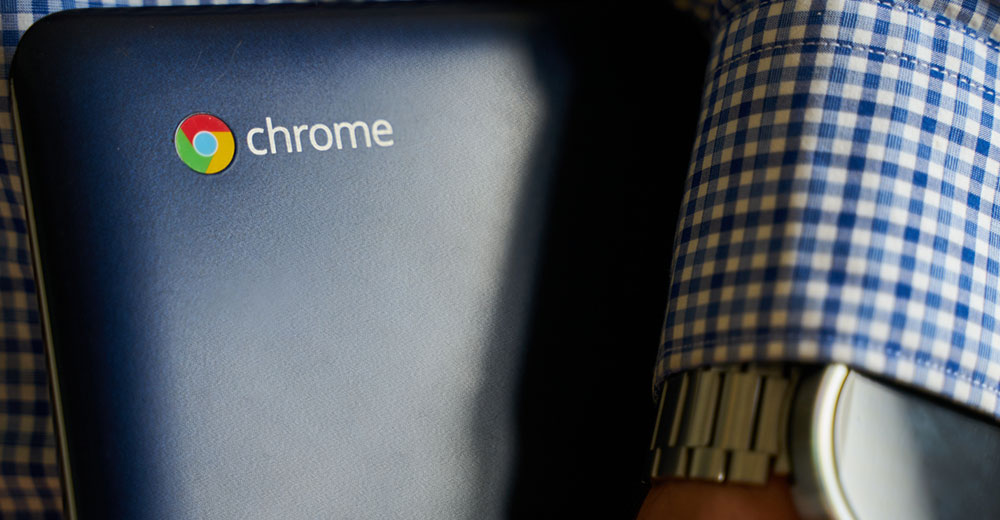
In the month before each year’s Electronic Entertainment Expo (E3), the rumors about gaming company plans usually start flying faster than zombie body parts in “Resident Evil 5.” Buzz about the upcoming 2009 show ratcheted up on Thursday with a report in Variety that Sony may be getting ready to show off a motion-sensing PlayStation 3 controller at the big video game convention in June in Los Angeles.
The information comes from three sources, including one who has seen the controller and two who know about what Sony has planned for the peripheral at E3, according to Variety’s “The Cut Scene” blogger/reporter Ben Fritz. Unlike Nintendo’s Wiimote on its best-selling console, which uses accelerometers and an infrared sensor placed above or below your TV, Sony’s version will reportedly rely on light-emitting diodes (LEDs) and a webcam, and it will offer more accuracy and freedom of movement.
This report, coupled with earlier speculation about a possible new PlayStation Portable (PSP) that’s missing a UMD drive but has flash memory for downloadable content, shows the level of interest in Sony’s plans to recapture its gaming mojo. The company that used to lead the segment has largely abdicated that position to Nintendo’s wildly popular, casual-gamer-friendly Wii and a resurgent (and cheaper) Microsoft Xbox 360.
Will Motion-Sensing Renew Sony?
Sony has likely been thinking about a motion-sensing controller since the PS3’s conception, according to gaming guide writer David Hodgson, whose work includes manuals for such Playstation 2 and 3 titles as “God of War” and “Fallout 3.” However, the company decided instead to focus on more functionality for its tilt-action SixAxis controller, which came bundled with the console.
“That wasn’t particularly well received. A lot of the games didn’t take advantage of it,” Hodgson told TechNewsWorld. Still, he said, developers would rather write for unique accessories if they’re bundled with a console rather than added at a later date.
Yet there is precedent for Sony in introducing a peripheral late in the game, so to speak. For example, the initial wave of PlayStations had controllers missing vibration, or “rumble,” features.
“This was back in the mid-’90s, before rumble was invented, really. Then Sony packed it in, and as soon as they packed it in, everybody wanted one,” Hodgson said. “So they did this two-tier plan, with the controller packed with the unit and sold separately for early adopters.
“If they go with that model, it won’t be on the scale of [the DualShock controller], which was a runaway hit, but it’s something that will galvanize the PlayStation 3 fan base and will also give a different type of gameplay experience,” he added.
A More Moving Experience
Different indeed. Imagine the possibilities for putting “Ratchet and Clank” through their paces, or controlling Kratos, the hero of Sony Entertainment’s “God of War” series, with a stick-like device that can emulate his range of lethal weapons such as swords or fiery whips. Imagine not having to wear out your current controller with all that button-mashing.
“If ‘God of War 3’ has this functionality built in, then they’re going to sell a ton,” Hodgson said.
Firmware updates sent over the wireless Internet feature on a PS3 also could result in adding on motion-control functions to existing games, opening up the PS3 back catalog. Sony might want to allow the controller to work the console’s Blu-ray functions, Hodgson added.
“It must be priced right as well,” he said. “It can’t be over (US)$100. The most expensive console would then have the most expensive peripherals.”



















































